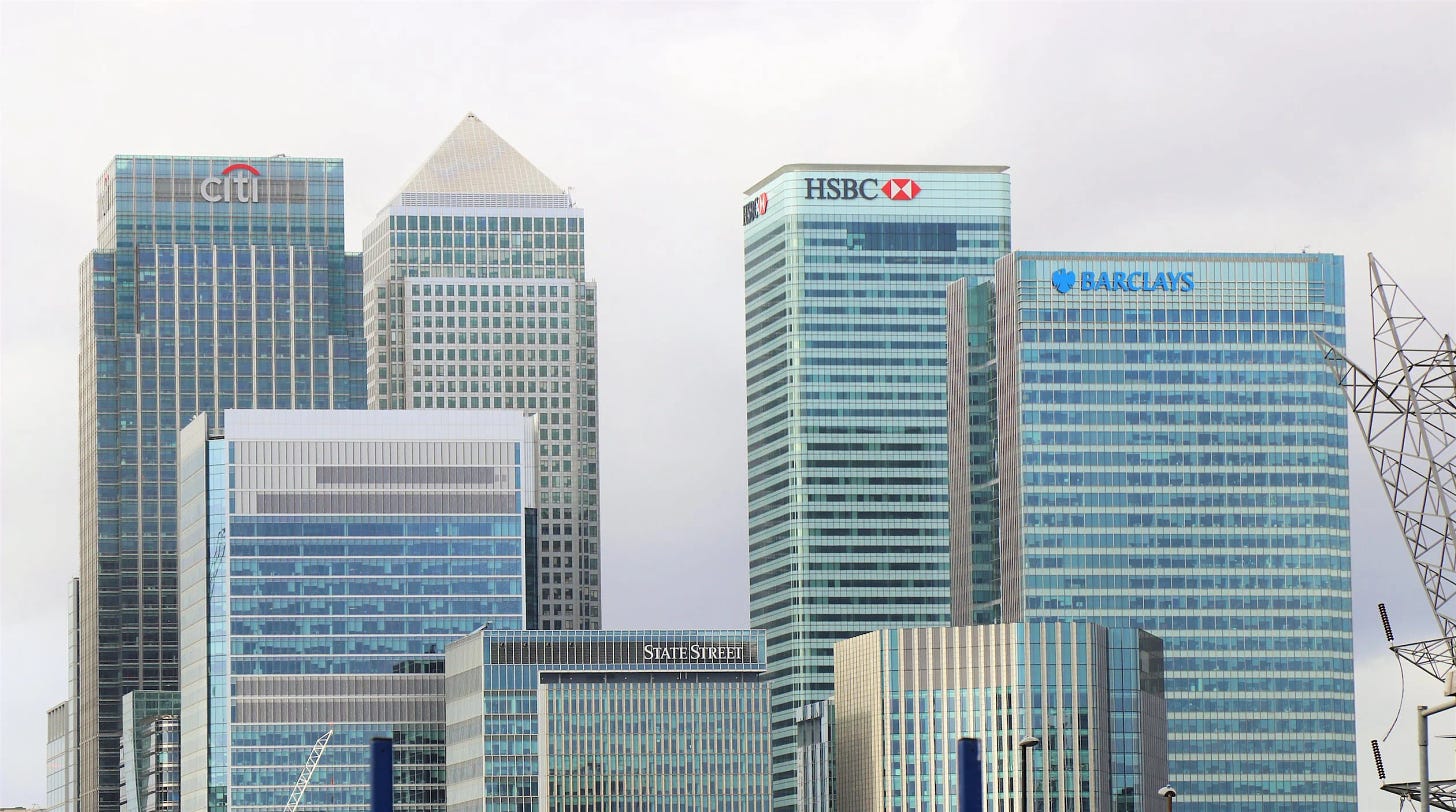The Fall of Silicon Valley Bank
A Story of Betrayal, Mismanagement, and the Devastating Impact of High-Interest Rates.
Silicon Valley Bank (SVB) has served the venture capital, tech, and healthcare sectors for over 40 years. However, this week, things took a drastic turn. The community and businesses the bank had nurtured turned on it for their deposits.
The chaos began on Wednesday evening when SVB announced it needed $2.25 billion to boost its balance sheet. Although it came as a surprise to investors, it was initially thought to be a minor hiccup. Unfortunately, things took a swift and unfortunate turn when start-up clients began withdrawing their deposits, fearing for the safety of their funds.
As a result, SVB needed more capital, and to make matters worse, it had to sell bonds at a staggering $1.8 billion loss. This news spread quickly, and venture capitalists panicked and instructed their companies to move their funds out of SVB. This triggered a bank run, as news of the bank's troubles was shared widely on social media.
Despite the efforts of SVB's CEO, Greg Becker, to calm fears and assure customers, the bank's shares continued to plummet. By the end of regular trading on Thursday, SVB's shares had dropped by 60%, and customers had withdrawn a staggering $42 billion of deposits by the end of the day, according to a California regulatory filing. By Friday, SVB had a negative cash balance and couldn't find a potential buyer.
As a result, regulators had to close the bank and seize deposits, marking one of the most significant bank failures since the 2008 financial crisis and the second-largest ever. Some members of the VC community were lamenting the role that other investors played in SVB's demise.
The sudden collapse of SVB highlights the potential impact of the Federal Reserve's aggressive rate-hiking campaign to combat inflation. There are concerns that start-ups may be unable to pay their employees in the coming days and that venture investors will struggle to raise funds. This situation could lead to a deeper malaise in the banking sector and the already struggling tech sector.
The root cause of SVB's collapse originates from the high-interest rate environment we find ourselves. As interest rates rose, the bank's holdings of long-dated securities, such as mortgage bonds and US Treasuries, became less valuable because newer government bonds paid more in interest. This and the slowing of start-up funding led to clients withdrawing more of their money, and the bank's fortunes began to slide.
The failure of SVB is expected to have a ripple effect in the coming days and weeks, with companies struggling to meet payroll and others forced to lay off employees due to their funds being tied up with the bank. The collapse of SVB could have cascading effects on other smaller niche banks. It serves as a stark reminder that even the most well-capitalized institutions or businesses can be brought down in a high interest-rate environment.
If you need a financial mentor or educator who understands this new economic paradigm with high-interest rates to help you navigate this period, I'm always here to help. Check out The Investing Tutor Website.
Disclaimer: The information provided in this article is for general informational purposes only and should not be construed as financial or investment advice. It is not intended as a recommendation or solicitation to buy or sell any securities or other financial products. The views and opinions expressed in this article are those of the author and do not necessarily reflect the official policy or position of any other agency, organization, employer, or company. Any reliance you place on the information provided in this article is strictly at your own risk. Always seek the advice of a licensed and qualified financial professional before making any investment decisions.
Sources:




